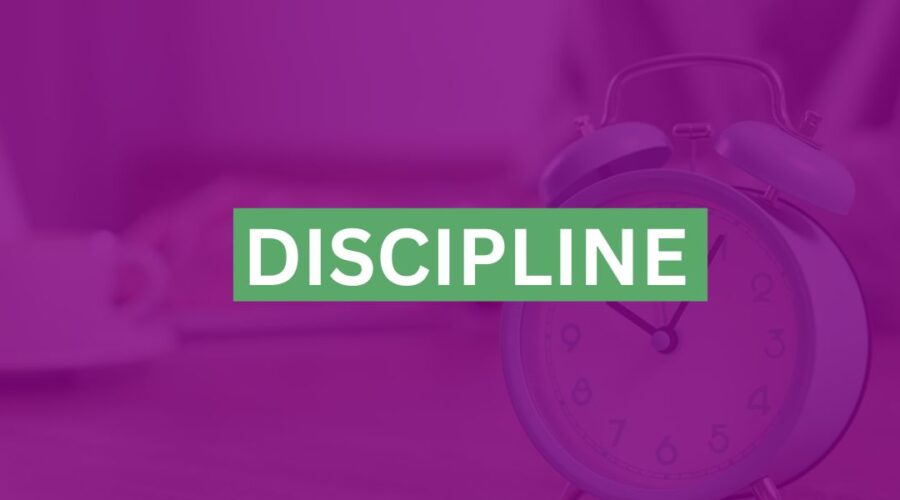We often find ourselves juggling multiple priorities. But as the adage goes, “First things first.” It is not just a saying; it is a guiding principle for leading a productive and purposeful life. Prioritizing tasks effectively ensures that we focus on what truly matters, yielding better results both professionally and personally.
This blog explores the importance of prioritization, provides practical strategies to master it, and dives into real-world examples and statistics to reinforce the significance of putting first things first.
The Importance of Prioritization
Stephen Covey, in his seminal book The 7 Habits of Highly Effective People, introduced the concept of focusing on the “big rocks” – the most critical tasks that align with your goals and values. By managing these first, you create space for everything else. But why is prioritization so crucial?
- Prevents Burnout: Studies reveal that 77% of professionals experience burnout at their current job. Mismanaging priorities often leads to overcommitment and stress.
- Boosts Productivity: According to a report by McKinsey, professionals spend 28% of their workweek managing emails. By prioritizing tasks effectively, you can reclaim hours wasted on low-impact activities.
- Improves Decision-Making: Prioritization clarifies goals, enabling better decision-making. You’re more likely to make sound choices when you’re clear on what’s most important.
Practical Strategies for Prioritization
1. Adopt the Eisenhower Matrix
The Eisenhower Matrix is a powerful tool to categorize tasks based on urgency and importance:
- Quadrant 1: Urgent and Important – Do these immediately.
- Quadrant 2: Not Urgent but Important – Schedule these for later.
- Quadrant 3: Urgent but Not Important – Delegate these.
- Quadrant 4: Neither Urgent nor Important – Eliminate these.
Example: A marketing manager can use this matrix to prioritize a critical campaign launch (Quadrant 1) over routine email checks (Quadrant 3).
2. Set SMART Goals
Prioritization is easier when you have clear goals. SMART (Specific, Measurable, Achievable, Relevant, Time-bound) goals act as a roadmap, guiding your focus.
Example: Instead of saying, “Improve customer satisfaction,” set a SMART goal: “Increase customer satisfaction scores by 15% in the next quarter through targeted surveys and service improvements.”
3. The 80/20 Rule (Pareto Principle)
The Pareto Principle states that 80% of outcomes result from 20% of efforts. Identify the tasks that deliver the most value and focus on those.
Example: In sales, 20% of customers might contribute to 80% of revenue. Prioritizing these high-value clients can maximize results.
4. Time Blocking
Time blocking involves scheduling dedicated time slots for specific tasks. This method reduces distractions and ensures focused effort on high-priority activities.
Example: Elon Musk, known for managing multiple ventures, uses time blocking to allocate time to each company and project he oversees.
Real-World Examples of Prioritization
Apple’s Focus on Core Products
Apple’s turnaround in the late 1990s is a testament to prioritization. When Steve Jobs returned to the company, he drastically reduced Apple’s product lines from 350 to 10. By focusing on a few core products, such as the iMac, Apple achieved unprecedented success. Today, the iPhone alone generates over 50% of the company’s revenue.
Toyota’s Lean Manufacturing
Toyota’s prioritization of quality and efficiency through its lean manufacturing system revolutionized the automotive industry. By focusing on eliminating waste and optimizing workflows, Toyota became one of the world’s most profitable automakers. In 2022, the company reported a net income of $20.6 billion.
The Role of Technology in Prioritization
In the digital age, technology can assist in managing priorities effectively. Tools like Trello, Asana, and Todoist help individuals and teams stay organized.
- Trello: Ideal for visualizing tasks with Kanban boards.
- Asana: Excellent for project management and team collaboration.
- Todoist: A user-friendly app for personal task management.
Statistical Insight: According to a study by Wrike, 79% of respondents said that collaboration tools significantly improved their team’s productivity.
Overcoming Challenges in Prioritization
1. The Trap of Busyness
Being busy is not the same as being productive. A Harvard Business Review study found that only 20% of an average workday is spent on high-value tasks. To overcome this, regularly assess whether your actions align with your priorities.
2. Procrastination
Procrastination often derails prioritization. Combat this by breaking large tasks into smaller, manageable steps and tackling them one at a time.
3. Distractions
The average person checks their phone 96 times a day, according to a survey by Asurion. Reducing distractions—such as turning off non-essential notifications—can help maintain focus.
Measuring Success in Prioritization
To ensure your prioritization efforts are effective, measure success using key performance indicators (KPIs). These might include:
- Personal: Improved work-life balance, reduced stress levels.
- Professional: Meeting deadlines, achieving specific goals.
Final Thoughts
“First things first” is more than a mantra; it is a strategic approach to navigating the complexities of modern life. By mastering prioritization, you can achieve more with less effort, reduce stress, and focus on what truly matters. Whether you’re an individual striving for personal growth or a business leader aiming for organizational success, prioritizing effectively is the key to unlocking your full potential.
Start today by identifying your “big rocks,” leveraging tools and frameworks, and committing to a disciplined approach to prioritization. The rewards—both tangible and intangible—are worth the effort.








